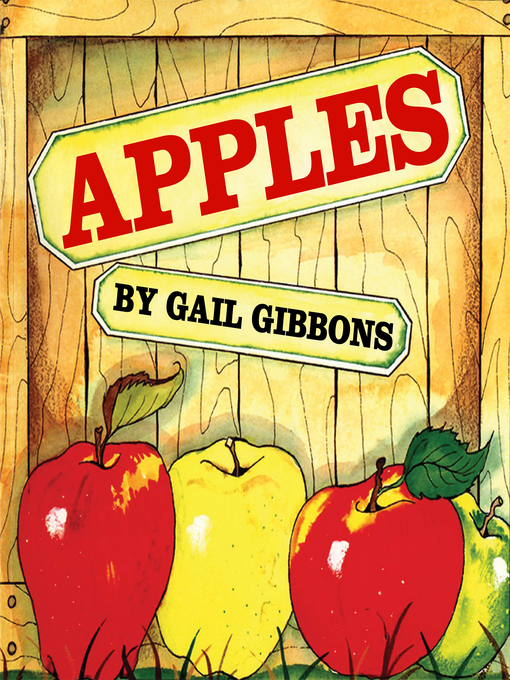Apple trees grow in more parts of the world than any other fruit tree. From blossom to pollination to picking, here is information about how they grow, their various parts, and the different varieties. Instructions on how to plant and care for an apple tree are included.
- Popular Magazines
- Just Added
- Cooking & Food
- Fashion
- Health & Fitness
- Home & Garden
- News & Politics
- See all magazines collections



